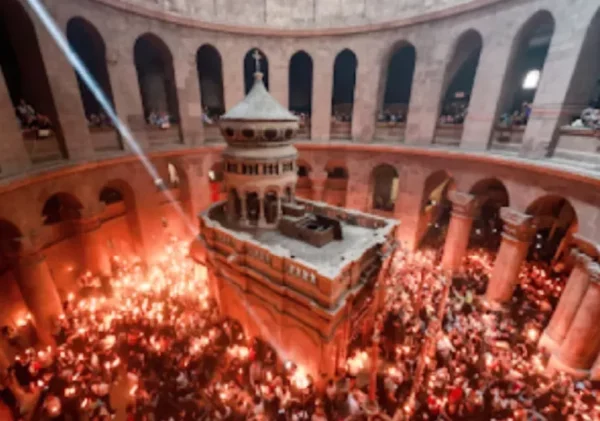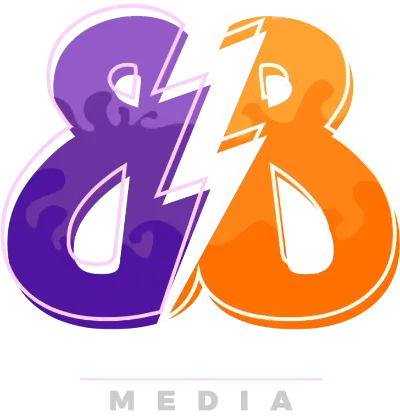The Concept of the False Prophet in End Times According to the Bible

SHARE
The Bible’s depiction of the end times includes a variety of prophetic warnings and symbols, one of the most significant of which is the figure of the “False Prophet.” This character plays a crucial role in the eschatological narratives, particularly within the books of Daniel, Matthew, and Revelation. Understanding the False Prophet’s role and characteristics is essential for comprehending the broader biblical portrayal of the end times.
Biblical References to the False Prophet
The concept of false prophets appears throughout the Bible, but the most detailed description related to the end times is found in the Book of Revelation.
- Revelation 13:11-18: This passage introduces the second beast, identified as the False Prophet. He performs great signs, even causing fire to come down from heaven to earth in full view of people. His primary role is to promote the worship of the first beast (the Antichrist) and to deceive the inhabitants of the earth through miraculous signs.
- Revelation 16:13-14: These verses describe unclean spirits like frogs coming out of the mouths of the dragon, the beast, and the False Prophet. These spirits perform signs and go out to the kings of the earth to gather them for battle on the great day of God Almighty, commonly referred to as Armageddon.
- Revelation 19:20: This verse narrates the ultimate fate of the False Prophet. Along with the beast, he is captured and thrown alive into the lake of fire that burns with sulfur, symbolizing eternal punishment.
Characteristics and Role of the False Prophet
The False Prophet is characterized by his deceptive nature and ability to perform miraculous signs, which he uses to lead people astray. Several key traits and roles can be identified:
- Deception: The False Prophet is a master of deceit, using miracles and signs to convince people of his divine authority. This deception leads many to worship the Antichrist, turning them away from the true God.
- Miraculous Signs: His ability to perform supernatural feats, such as calling fire from heaven, is reminiscent of Old Testament prophets like Elijah but is used for malevolent purposes.
- Promotion of the Antichrist: The False Prophet acts as a religious counterpart to the political power of the Antichrist. He directs worship towards the Antichrist and enforces the infamous mark of the beast, controlling economic activities (buying and selling) to ensure allegiance.
- Final Judgment: Despite his power and influence, the False Prophet’s end is one of destruction. He is cast into the lake of fire, indicating that his reign of deception is ultimately temporary and will be judged by God.
Theological Implications
The presence of the False Prophet in the eschatological framework carries significant theological implications:
- Warning Against Deception: Believers are cautioned to remain vigilant and discerning, as false prophets can perform convincing signs and wonders. The emphasis is on faithfulness to the true teachings of Christ and the Scriptures.
- Divine Sovereignty: The eventual defeat of the False Prophet underscores the sovereignty of God. Despite the apparent power and success of evil forces, God’s ultimate authority and judgment prevail.
- Eschatological Expectation: The detailed description of the False Prophet contributes to the Christian understanding of the end times, emphasizing the importance of preparedness and steadfast faith in the face of eschatological trials.
The figure of the False Prophet in the Bible’s end times narrative serves as a profound symbol of deception and evil, working alongside the Antichrist to mislead humanity. Biblical texts provide a detailed account of his characteristics, role, and ultimate fate, offering believers both a warning and a reassurance of God’s final victory.
*Cover Photo/Thumbnail Photo: Freepik
RELATED ARTICLES

Business is in the Red? Here’s How a Christian Should Respond

Holy Fire Ignites Faith as Thousands Unite in Jerusalem









